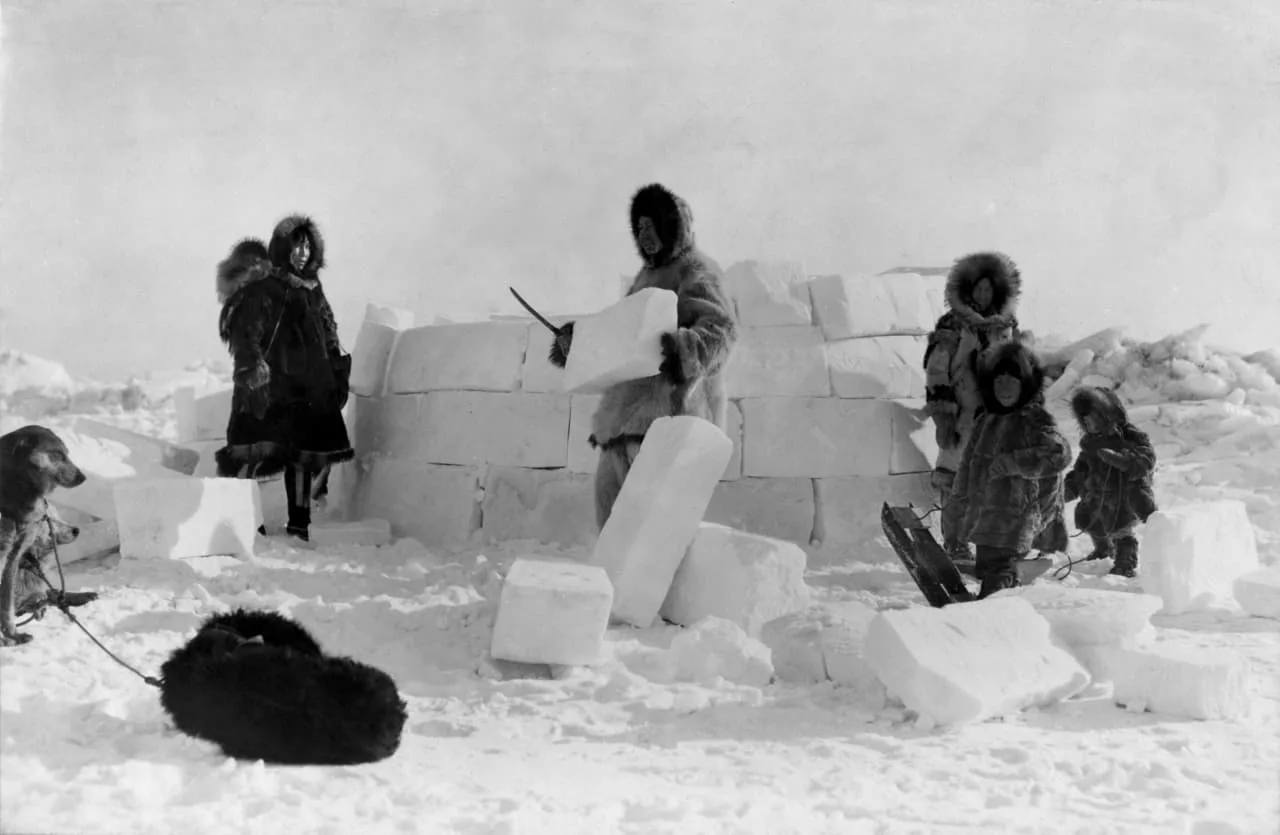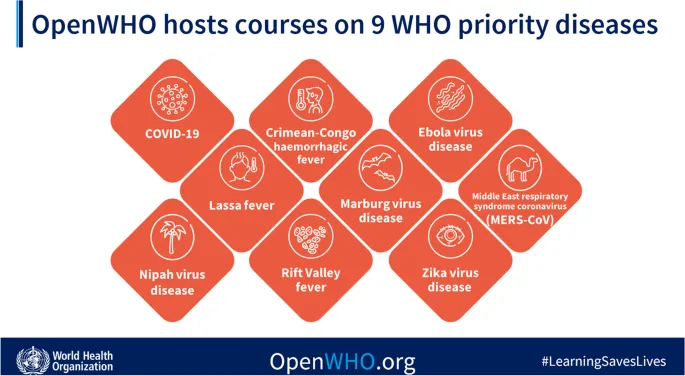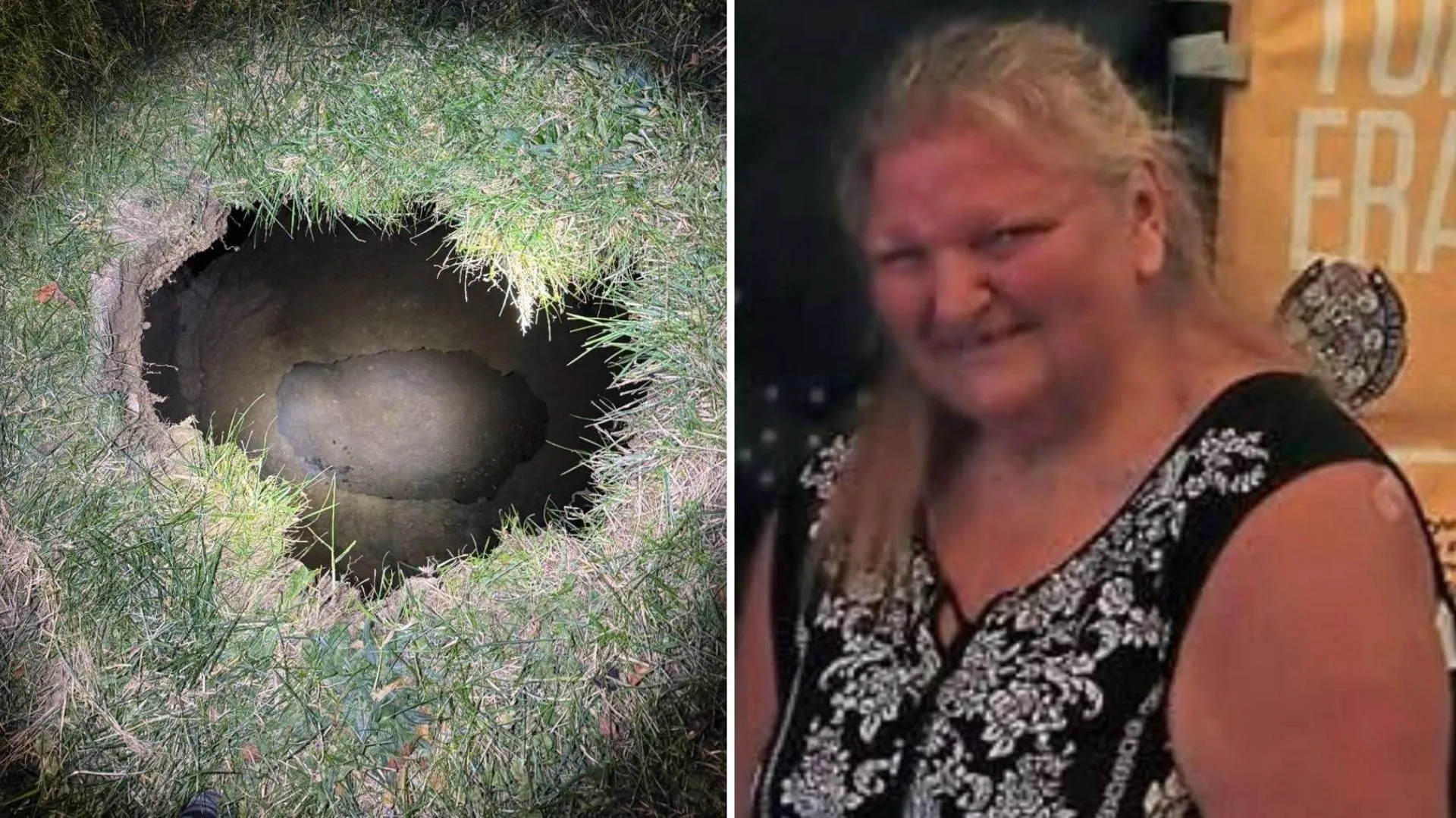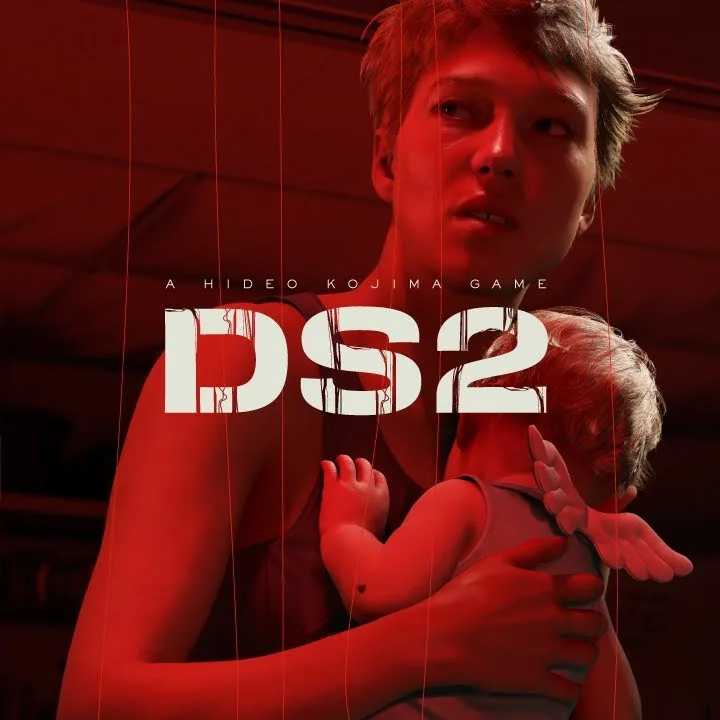In a recent podcast from The Guardian, the chilling policy aimed at controlling Greenland’s high birth rate has come under scrutiny. The policy, rooted in historical attempts to manage population growth, has raised ethical questions about reproductive rights in remote regions. Amidst these discussions, new research highlighted by Phys.org and La Brújula Verde reveals how children’s toys serve as cultural artifacts that provide insights into societal values and survival strategies. The juxtaposition of these topics showcases the complexity of life in Greenland where traditional practices endure despite external pressures. The decision to limit births has been seen as a response to the territory’s unique socio-economic challenges, while children’s toys have become a symbol of cultural identity. The Inuit civilization, with its strong connections to the land, has managed to preserve its cultural heritage, unlike the Norse settlers who once inhabited the region. Experts argue that the design and use of toys reflect broader narratives about culture and survival, shedding light on what constitutes resilience in the face of change. As the discussions continue, the voices of the communities in Greenland remain central to understanding their past and future.
Exploring the Cultural Resilience of Greenland: From Birth Policies to Children’s Toys












